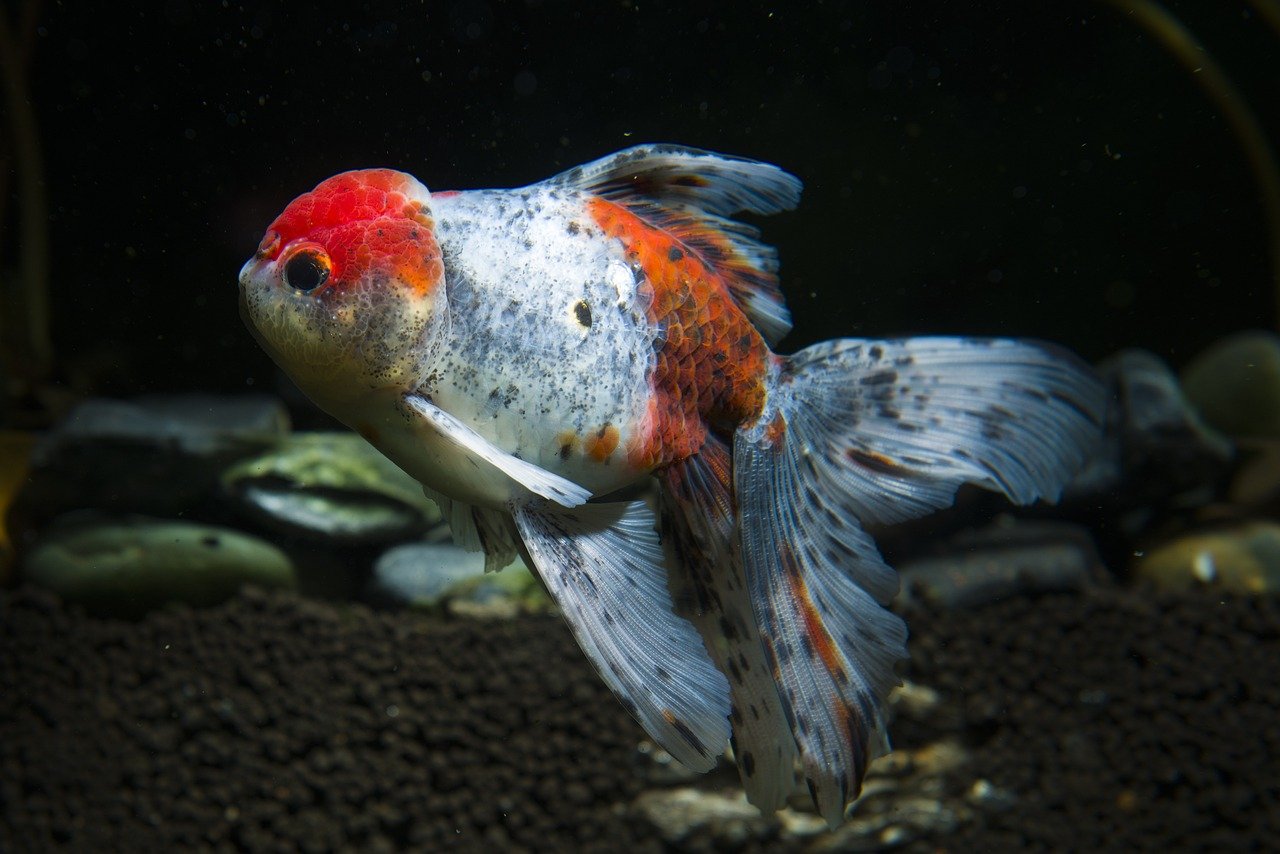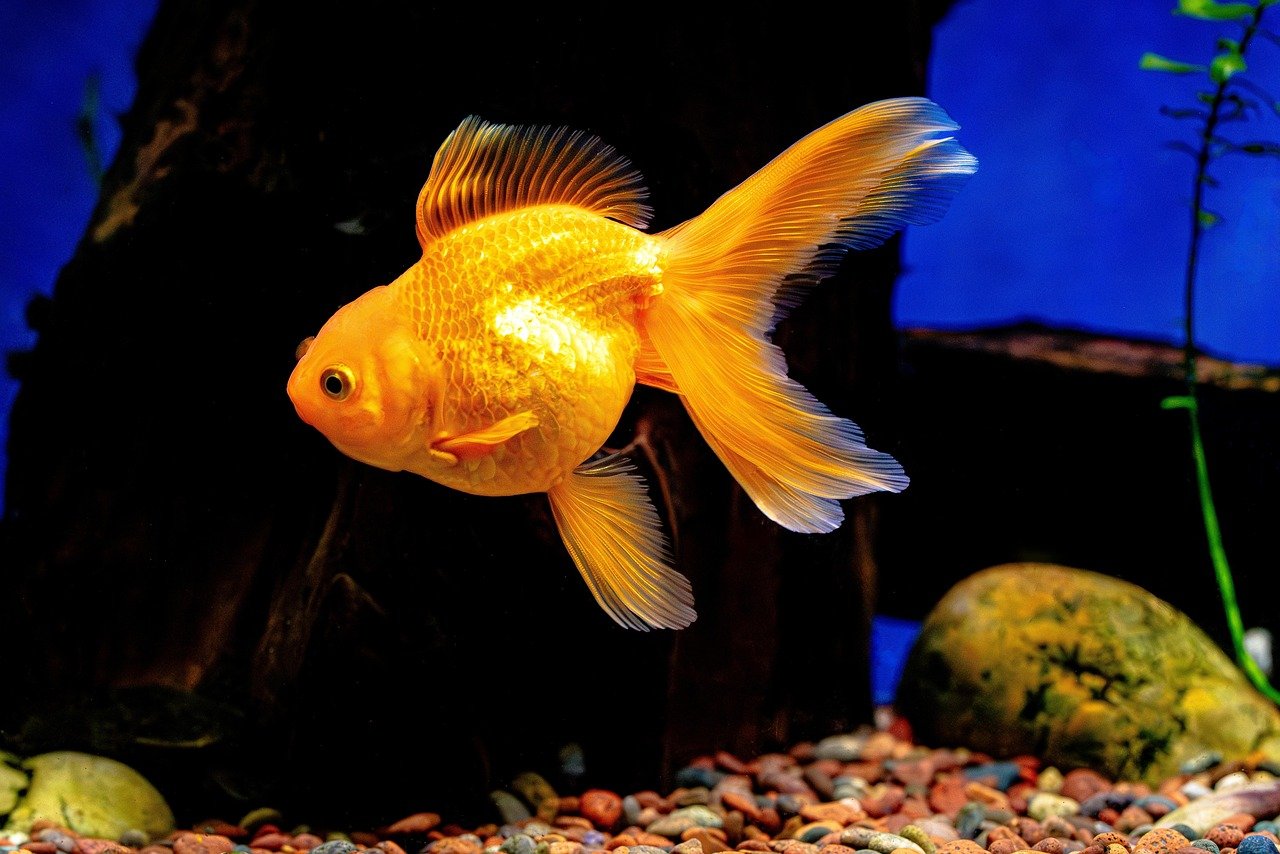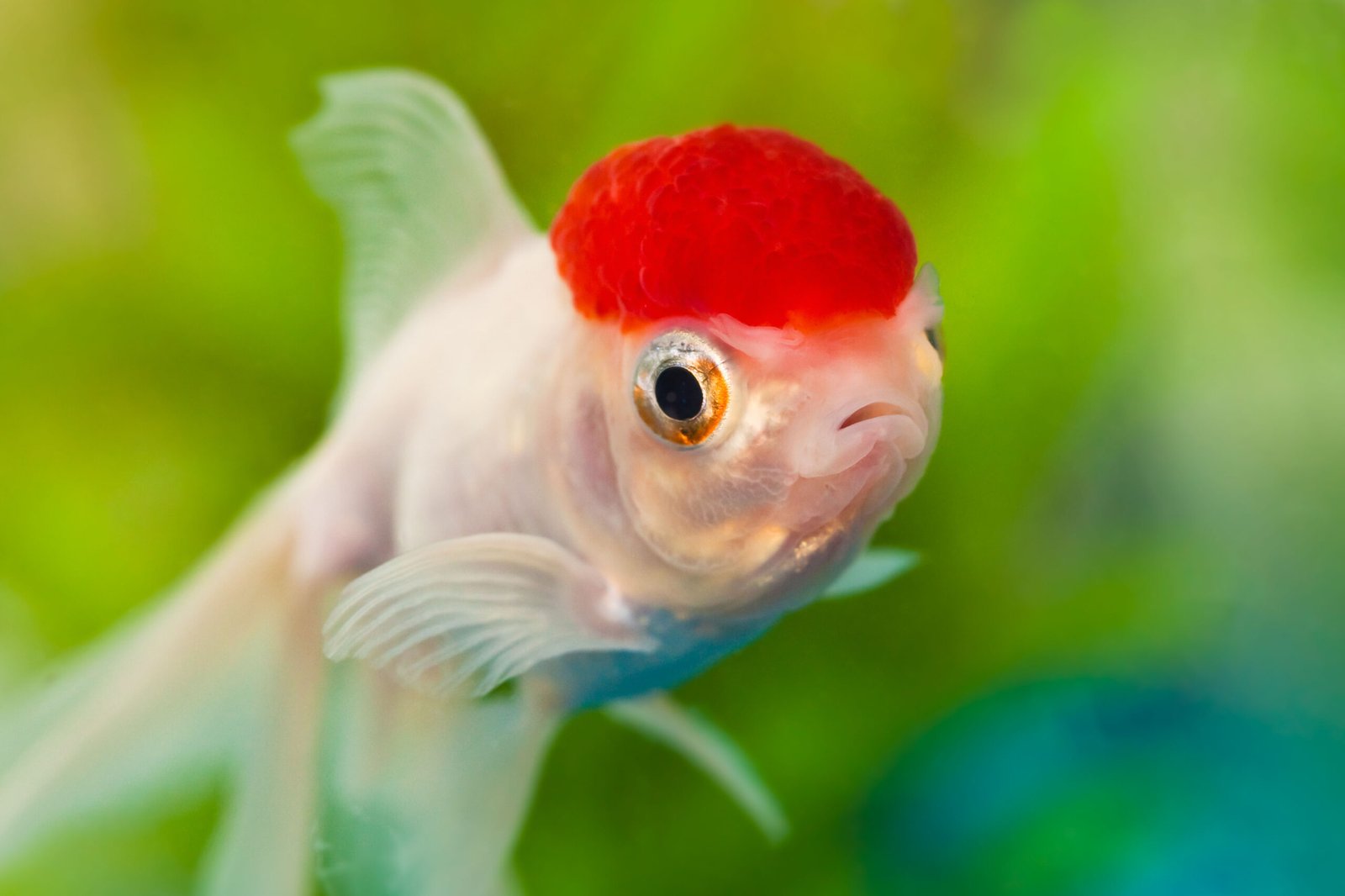Oranda goldfish are beautiful, but they can be a bit delicate—especially when it comes to their oxygen needs. If you notice your Orandas gasping at the surface, moving sluggishly, or crowding near air sources, it might be time to check your tank’s aeration. Poor oxygen levels can lead to stress and long-term health issues, so keeping the water clean and well-circulated is key. A good filter, air stones, and regular water changes can make a huge difference in their comfort and health. Happy fish, after all, start with healthy water!
Gasping at the Water Surface
One of the most striking signs that your Oranda goldfish is craving oxygen is when they hover near the water’s surface, opening and closing their mouths repeatedly. It’s a dramatic sight, almost as if they’re pleading for help. Fish instinctively swim up when the oxygen levels drop, since there’s usually more oxygen at the surface due to contact with the air. This behavior is not normal for Orandas, who usually prefer exploring all levels of the tank. If you see them clustered at the top, it’s a loud and clear distress signal. Don’t ignore this behavior—it’s their way of shouting that something is wrong. Think of it as your goldfish waving a bright red flag. Immediate action is crucial; consider checking your air pump or adding an extra airstone to give them relief.
Rapid Gill Movement
Have you noticed your Oranda’s gills moving faster than usual? This rapid gill movement is a classic sign of oxygen deprivation. It’s as if they’re running a marathon, trying to breathe in as much air as possible. Normally, their gill covers should move smoothly and slowly, but when oxygen falls short, those movements become frantic. This is exhausting for your fish and can quickly lead to further health problems. Sometimes, you might also see the gills turning a deeper red, which is another sign they’re struggling. Pay close attention to their breathing patterns. If it looks like they’re panting, think of it as an underwater SOS.
Lethargy and Reduced Activity

Orandas are usually lively, gliding gracefully around their tank and interacting with their environment. But when oxygen levels drop, you’ll notice a shocking change: your once active goldfish will become sluggish and spend more time resting at the bottom or hiding in corners. Their energy just seems to vanish, replaced by a tired, almost defeated posture. This lethargy means they don’t have enough oxygen to power their muscles. Imagine trying to run a race while barely able to breathe—that’s what your Oranda is experiencing. If your fish seems uninterested in food or play, it’s a powerful warning that something’s not right in their watery world.
Loss of Appetite

Is your Oranda suddenly ignoring feeding time? A loss of appetite is a clear sign that your fish is stressed or unwell, and oxygen deprivation is often the culprit. Fish need oxygen not just for breathing, but also to digest their food. When they’re struggling to get enough air, eating becomes a low priority. You might find leftover food sinking to the bottom, uneaten. Over time, this can lead to malnutrition and a weakened immune system, making them even more vulnerable. It’s important to notice this change early, as a fish that refuses food for several days could be in serious trouble.
Clamped Fins

Orandas express discomfort and stress through their fins. If you see their fins held tightly against their bodies—what’s known as “clamped fins”—it’s usually a sign of distress. Healthy Orandas keep their fins open and flowing, almost like delicate silk waving in the current. Clamped fins are the aquatic equivalent of a human hunching their shoulders when feeling unwell. It’s a subtle, but essential, sign that all is not well in the tank. Oxygen shortage is a leading cause, but it can also stem from other environmental problems. For Oranda lovers, spotting clamped fins should always prompt a quick check of your tank’s oxygen and water quality.
Erratic Swimming or Darting

Sometimes, oxygen-starved Orandas will swim in a frantic, erratic manner. You might see sudden bursts of speed, uncoordinated movements, or even desperate darting from one end of the tank to the other. This behavior is a cry for help, as your fish tries to find pockets of oxygen or escape the suffocating environment. It’s like being trapped in a room with no fresh air—you’d try anything to get out. This can also lead to injuries if they bump into decorations or tank walls. If your Oranda’s swimming seems panicked, it’s time to investigate the oxygen supply immediately.
Hanging Near Filter Outlets or Bubblers

Orandas are clever; when oxygen is scarce, they’ll seek out areas in the tank where the water is most oxygenated. That’s usually near the filter outlet or air bubbler. If you notice your fish spending much more time than usual in these spots, they aren’t just being curious—they’re trying to survive. This behavior is easy to overlook, especially if you think they just like the bubbles. But in reality, it’s a desperate attempt to find relief. Keep an eye out for this subtle shift in their habits, as it’s often one of the first signs that something is amiss.
Unusual Gill Coloration

Healthy Oranda gills should be a fresh, bright red—full of life and vigor. But when oxygen is lacking, their gills can take on a darker, almost purplish hue. Sometimes, they may even appear pale or swollen. This color change is a sign that the blood in the gills isn’t getting enough oxygen, much like how a person’s lips might turn blue when cold or oxygen-deprived. Checking gill color isn’t always easy, but if you can catch a glimpse, it can give you vital clues about your fish’s health. Any drastic change should spark immediate concern and prompt action to restore proper oxygen levels.
Keeping your Orandas healthy starts with understanding what their behavior is telling you. If they’re gasping at the surface or moving sluggishly, it’s likely a sign they’re not getting enough oxygen. The good news? With a few tweaks—like better filtration, added air stones, and regular tank maintenance—you can easily turn things around. A well-oxygenated tank means happier, more active fish. Stay observant, and your Orandas will thrive!





